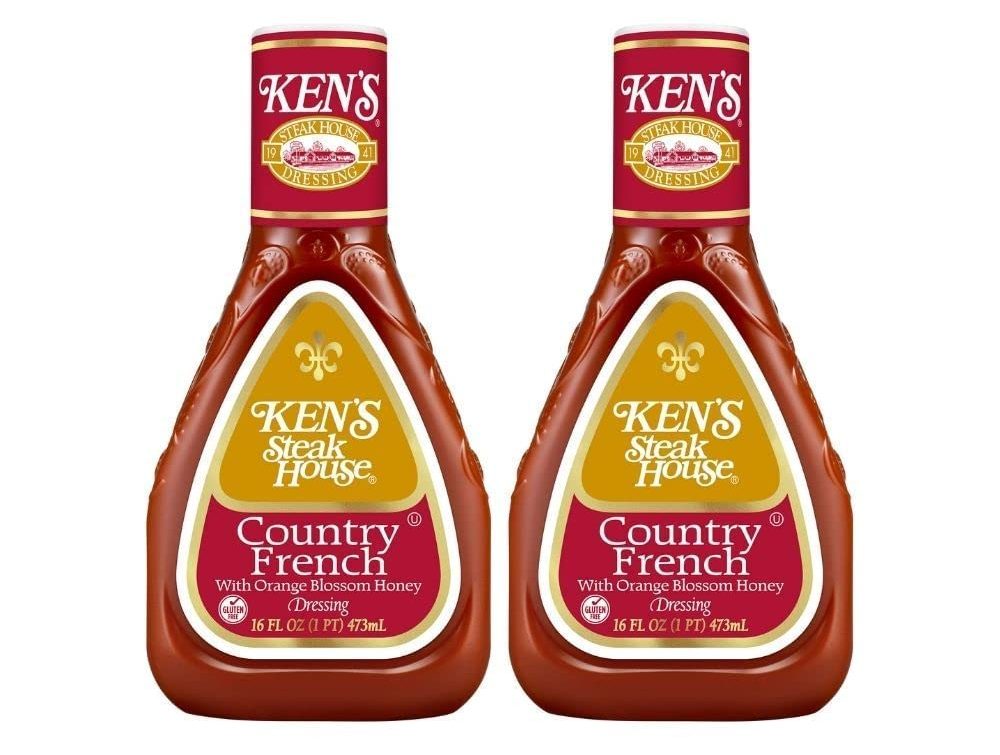French Dressing Will No Longer Be Regulated By The FDA
The Food and Drug Administration has elected to stop regulating french dressing as a result of archaic legislations.
This article is more than 2 years old

After 70 years, the FDA plans to remove French dressing from its regulatory practices. Due to anachronistic FDA rulings from the 1950s, French dressing no longer needs to be managed as it did in previous years. The administration disbanded the standard for this dressing in the name of flexibility and consumer demand.
The standard of identity, or what a specific food needs to contain and how it’s processed, was established for French dressing in 1950. There were only three categories for dressing at the time: French, mayonnaise, and generic salad dressing. Some food manufacturers believe the archaic nature of these standards has changed over time, pushing the FDA to rethink old regulations.
For a long time, French dressing was the only pourable dressing with three specific rules for its standard of identity. The FDA wanted every bottle to contain oil, seasoning, and acid like lemon or lime juice. But, this complicates many consumers’ expectations of the dressing and what it’s supposed to look like.
With the FDA’s three-rule designation, French dressing’s color is completely disregarded. Many familiar with the product know it has a distinct orange color derived from tomato or tomato-based ingredients. This key element was not a part of the FDA’s standard of identity for the dressing, which sparked significant criticism.

In late 2020, the FDA proposed eliminating the standard of identity for French dressing. This motion was primarily set in motion by a group called the Association of Dressings and Sauces, which began its petitioning in 1998. The petition and the FDA’s proposal both agreed on consumer expectations differing from the industry standard. French dressing’s standard of identity didn’t honestly represent what customers wanted or expected in this condiment, a realization that convinced the FDA to drop regulations.
Removing French dressing from FDA standards helps keep up with modern industries. The market is filled with dressing varieties, way more than the three designated by the FDA in 1950. With many sauce interpretations on the dressing starting to appear, eliminating the standard of identity means more room in the market for innovation.
When the standard of identity was introduced for French dressing, the U.S. administration was only thinking about eliminating food fraud. Food fraud, or economically motivated adulteration, is when a company leaves out or swaps out a necessary ingredient. Food fraud also occurs when the label exaggerates or lies about its contents. This has halted the dressing’s ability to keep up with an evolving market. Manufacturers couldn’t alter the dressing for allergy or dietary restrictions, making it harder to meet the grocery store demand.
Though the standard of identity will change for French dressing in the future, this doesn’t mean removing product inspection. The FDA noted that dressings, like all other food, will be regulated by U.S. health standards. All products must follow the Food, Drug, and Cosmetic Act to be distributed legally.
The finalized motion will be set in place on February 14th. The FDA stated that the regulation discard would not affect manufacturers, and French dressing distributors could continue to package their products normally. The FDA’s ruling will primarily benefit new products on the market since more styles of French dressing will be allowed in grocery stores nationwide.



